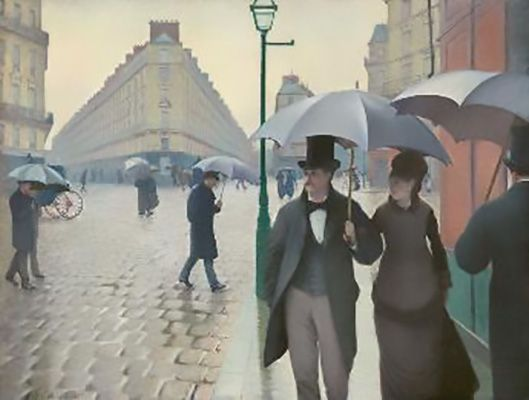Classical art exhibit blog
Maria Sibylla Merian: caterpillar and butterfly, 1679, Nuremburg, Germany
Maria Sibylla Merian was an artist from the classical era that was from Frankfurt, Germany. She was the daughter of renowned artist Matthaus Merian. She was known for her works of insects and plants that centered around metamorphosis. She was married in 1665 and then settled in Nuremburg shortly after where she made After the birth of her second daughter she dropped a collection of illustrations including the one above. "Merian published the first volume of Der Raupen wunderbare Verwandelung, und sonderbare Blumen-nahrung (“Caterpillars, Their Wondrous Transformation and Peculiar Nourishment from Flowers”; the second volume appeared in 1683), in which she depicted in detail the metamorphosis of moths and butterflies." (Rogers). Her art was a big part of the advancements in entomology in this period. I really like this painting as the story it tells is pretty cool. It connects the living plant with the living insects and shows the relation of two different life forms. The colors all from nature and show life. Definitely some very interesting art.Sydney Parkinson: The head of a New Zealander, with a comb in his hair, an ornament of green stone in his ear, and another of a fish's tooth round his neck, 1773, New Zealand
Joseph Wright: The Alchemist Discovering Phosphorus, 1771, Britain
Joseph Wright was an artist from the U.K. that lived from 1734-1797. Wright was known well for his painting depicting the "spirit" of the industrial revolution. The painting above depicts an alchemist who at first was trying to find the philosophers stone, instead created phosphorus. The interesting thing about this work is that he actually depicts the process quite accurately. "He also gave a very favorable impression of the actual process, which involves the reduction by boiling of urine." (Wikipedia). Wright was very well known for his use of tenebrism as well which is very apparent in this work. I really like the overall story told and my favorite part about this piece is how the glass vase in the center of the painting is used sort of as a light source emphasizing the importance of what was made inside it.
Analysis:
References:
Rogers, Kara. “Maria Sibylla Merian | Life, Facts, & Works.” Encyclopædia Britannica, 29 Mar. 2019, www.britannica.com/biography/Maria-Sibylla-Merian.
History, New Zealand. “‘The Head of a New Zealander by Sydney Parkinson.’” Nzhistory.govt.nz, edited by New Zealand Government, nzhistory.govt.nz, 17 May 2017, nzhistory.govt.nz/media/photo/head-new-zealander-sidney-parkinson#:~:text=The%20head%20of%20a%20New%20Zealander%20by%20Sydney,Cook%E2%80%99s%20first%20voyage%2C%20now%20in%20the%20British%20Library.
Wikipedia. “The Alchemist Discovering Phosphorus.” Wikipedia, 2 Feb. 2023, en.wikipedia.org/wiki/The_Alchemist_Discovering_Phosphorus.





Hi Matt! I really like how you formatted your blog; it's straightforward to read and makes digesting information quick. I also enjoyed the range of paintings you chose for your blog; you have a softer symbolism, a portrait, and a darker symbolism which really helps amplify your point of how science affects art. Of the three paintings, Caterpillar and Butterfly speak the most to me. I love the softer colors used and how it symbolizes getting older.
ReplyDeleteHey Matt, thank you for sharing these artworks! I think you picked three great pieces that help support the power the scientific discovery of the 1700’s had. Each piece you chose ties into the theme in different aspects which complete each other. I appreciated reading through your thoughts on the elements of each piece and your discussion on each artist’s style. In your analysis you mention the significance of each piece not simply being art but also being the a demonstration of knowledge and I really liked that connection. Great post! If I could own one of these three artworks I would want to own Wright’s The Alchemist Discovering Phosphorus because I really enjoy the style.
ReplyDeleteHi Matt! Wow, great blog. I have to agree with Allyse, I really enjoyed your format it was straight to the point and easy to read. I also chose to do the Alchemist painting from Joseph Wright, I thought it was an incredibly powerful painting especially for that time! I was drawn to that painting because I felt like Wright really wanted to emphasize the glass vase in the center of the painting by making it the lightest point.
ReplyDeleteGreat blog post Matt. I learned new things from these three artwork pieces that you have chosen for this blog. My favorite artwork would probably be the Alchemist paint from Joseph Wright. I liked the artwork and the elements that were put into the art. It looks real. The lighting and the texture of the art had me drawn to it more than the other two artworks. Your blog was outlined well and was understandable to read.
ReplyDelete